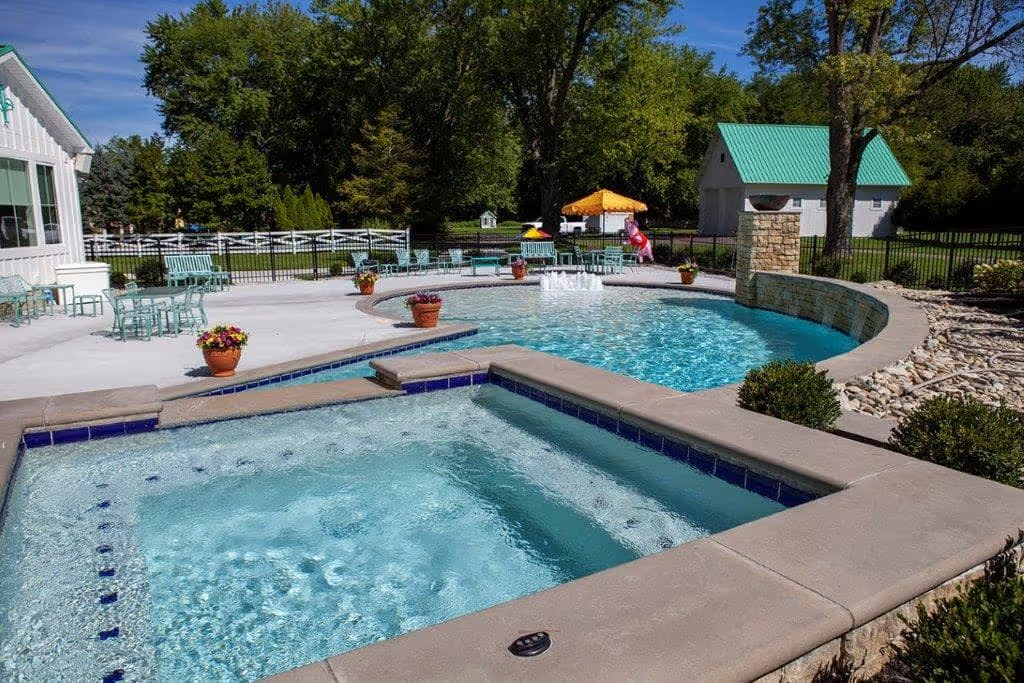- Stone Center
- Blog
What Is Special About Indiana Limestone: 11 Advantages for Your Project
3/9/2025
7/7/2025
What Is Special About Indiana Limestone: 11 Advantages for Your Project
.avif)
Indiana limestone (aka Bedford limestone) is a popular natural stone material that has been used for centuries. Millions of years in the making, the stone is quarried today and can be found in buildings all over the world, from the United States to China. It is also frequently used in landscaping and hardscaping projects of different scales.
From homes to industrial buildings: this weather-proof material is truly a jack of all trades. Even though it's hard to choose from the countless advantages of Indiana limestone, we managed to pick six main ones.
What Is Indiana Limestone?
#gallery_start
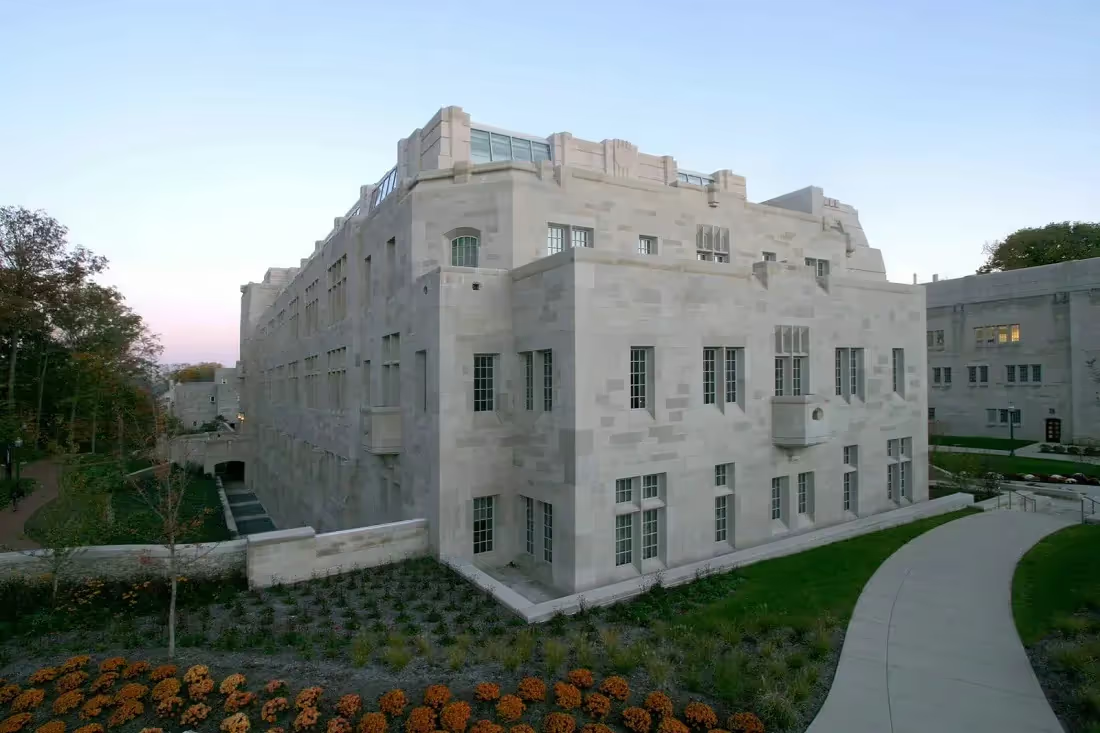
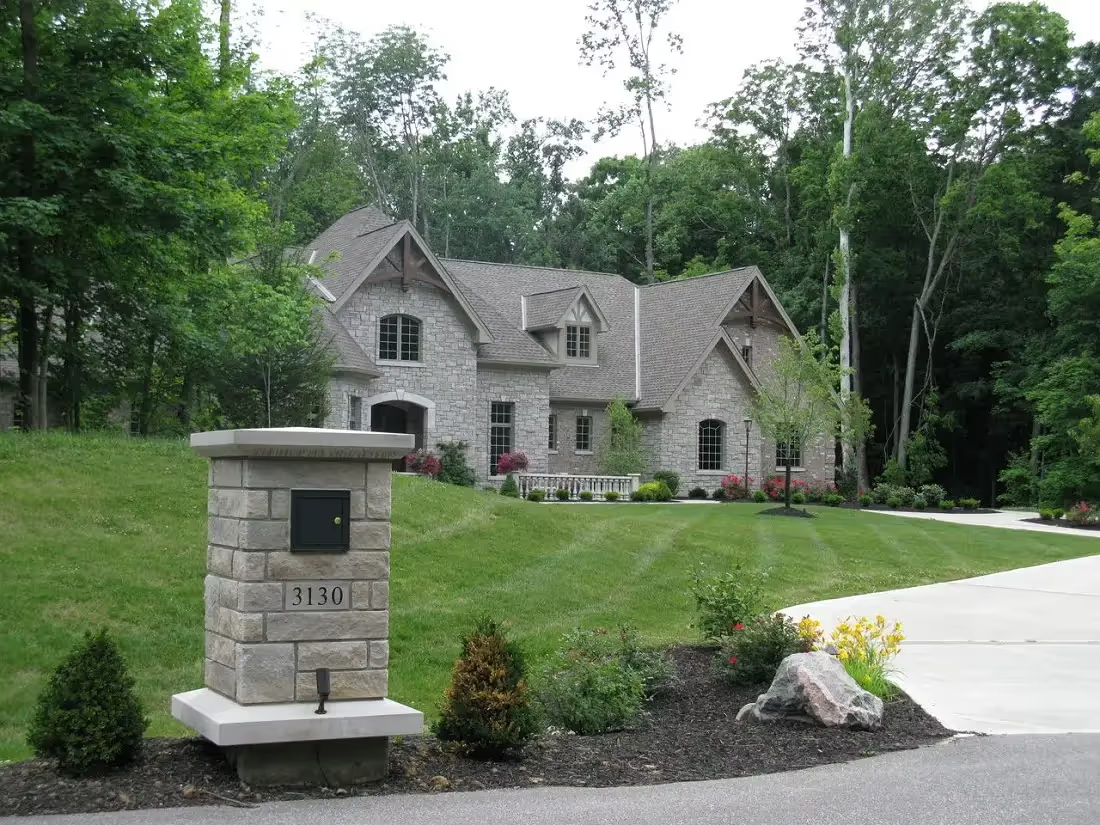
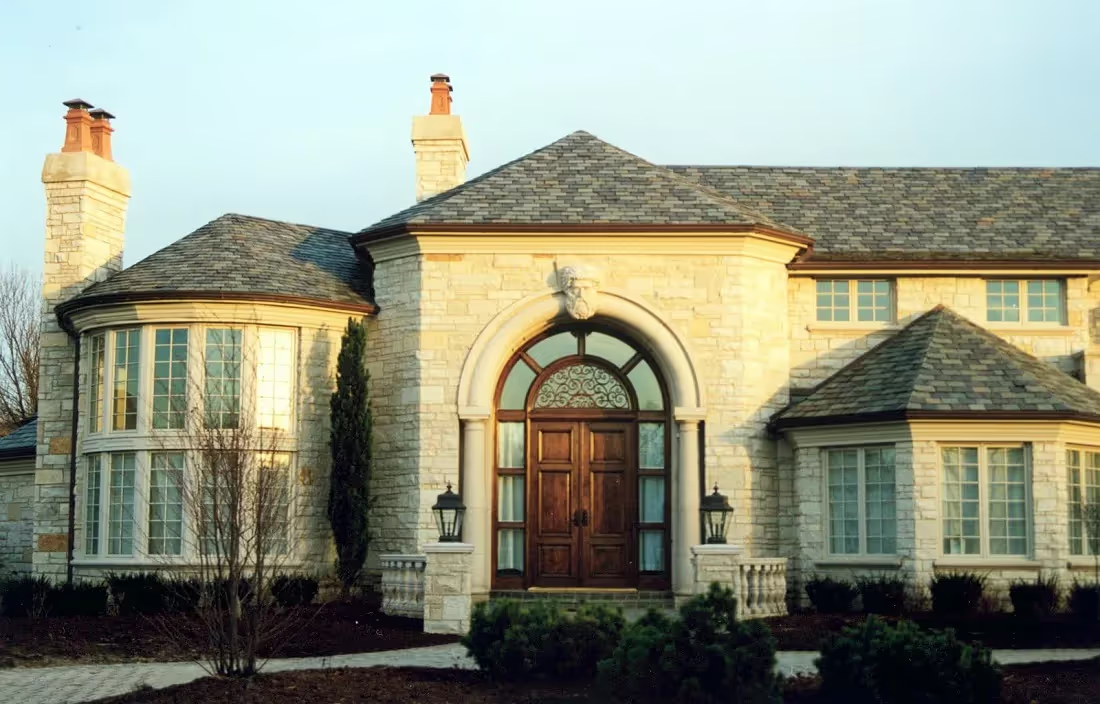
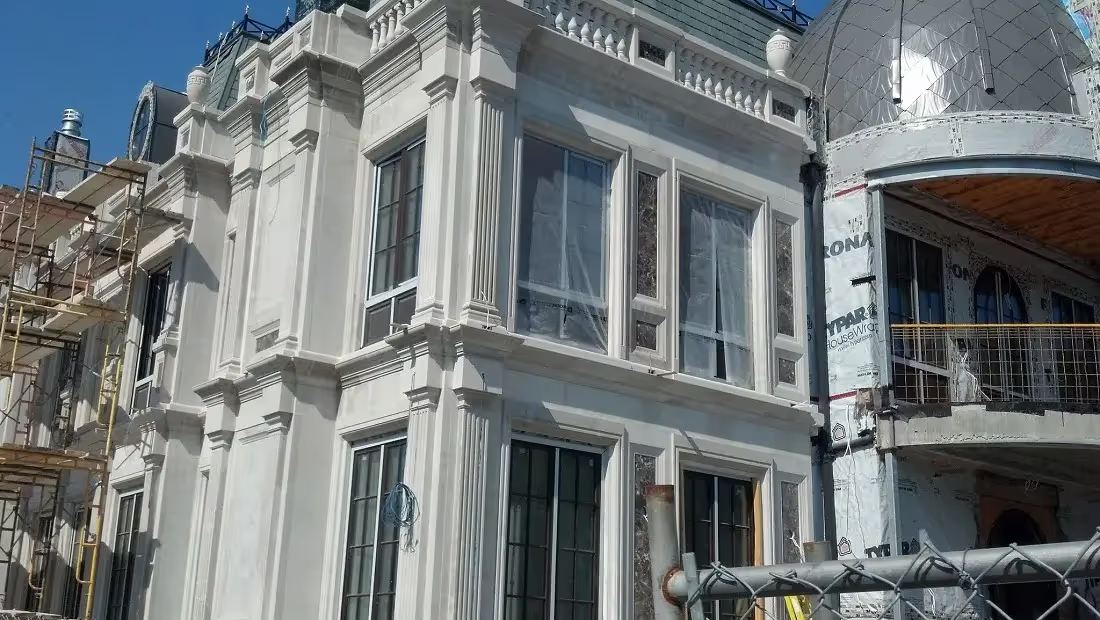
#gallery_end
Indiana limestone is a high-quality sedimentary rock quarried primarily in south-central Indiana. This natural stone formed over millions of years from compressed marine organisms and calcium carbonate deposits. Its uniform composition and workability make it one of the most sought-after building materials in North America for good reason.
Key characteristics:
- Consistent grain structure and color
- Excellent workability for cutting and carving
- Natural resistance to weathering
- Available in buff, gray, and blue-gray variations
With its proven track record spanning over 150 years in American architecture, Indiana limestone is the preferred choice for both historic restorations and modern construction projects. This remarkable stone combines aesthetic beauty with practical durability, making it an investment that pays dividends for generations.
Exceptional Durability for Lifetime Use
Indiana limestone was used to build many historically famous constructions, including parts of the Pentagon near Washington D.C., the Empire State Building in New York City, Buckingham Palace in London, as well as the campuses of many American universities. All of them are still standing, and as time goes on, Indiana limestone evenly wears and is relatively easy to renovate.
There are many different possible applications of Indiana Limestone, and it's an incredibly long-lasting building and landscaping stone, even when compared to other natural and artificial materials. This is why the popularity of Indiana Limestone is growing every day.
Note: Research conducted by the Indiana Limestone Institute in 1986 showed that Indiana limestone can withstand acid rain without any serious damage.
Superior Weather Resistance
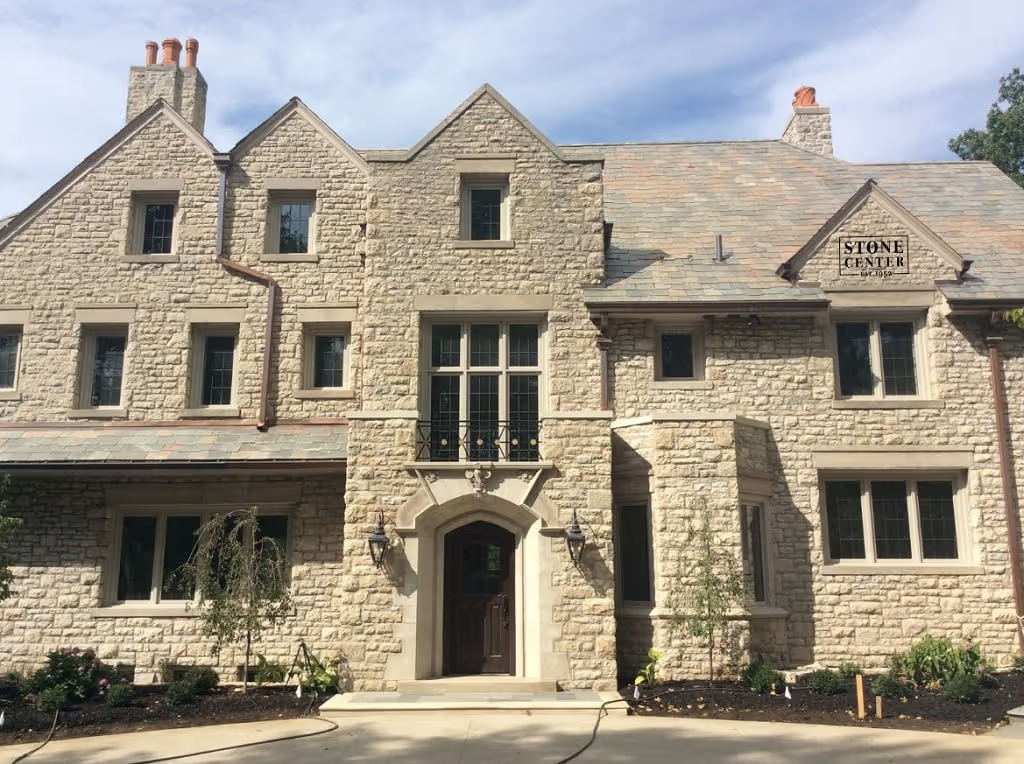
Overall, natural stone materials are durable, and Indiana Limestone in particular is one of the most popular among them. It is an excellent building and landscaping stone and has a tremendous strength-to-weight ratio, making it one of the most durable natural materials available today.
In addition, it can also withstand high traffic areas. This is why cut Indiana limestone is often used for sidewalks, patios, and driveways. As it requires little maintenance, time and money spent on restoration are saved.
The limestone will last for ages and remain in good condition even after years of exposure to varied harsh weather conditions, such as wind, water, freezing temperatures, and even the scorching sun.
Research conducted by the Indiana Limestone Institute in 1986 showed that Indiana limestone can withstand acid rain without any serious damage whatsoever. This kind of durability is exactly what many modern contractors are looking for.
Easy Customization and Flexibility
Despite Limestone being an extremely solid and durable natural stone, it can easily be cut into different shapes and sizes. Many natural stone product suppliers, including our team at the Stone Center, produce brick slips, boulders, veneers, limestone pavers, slabs, or tiles. Indiana limestone is a popular choice for countless applications and can fit perfectly into all kinds of designs.
Versatile applications include:
- Custom limestone cladding for exteriors
- Decorative patterned limestone for patios
- Architectural elements and structural components
See our catalog for more examples of the various shapes and applications of this material. Versatility is one of the qualities that make Indiana limestone products so popular among builders, architects, and designers all over the country.
Perfect for Hardscaping Projects
You may find yourself asking, "What can I do with Indiana Limestone?" Well, the possibilities are endless! As the strength and durability of Indiana limestone allow it to stand up well in harsh conditions, it is used for countless hardscaping purposes.
Flowerbeds, retaining walls, window sills, walkways, steps, or just styling with veneers: you name it. The above-mentioned versatility of the Indiana limestone makes it a great choice when building your landscape or improving your existing one. This stone is prized by homeowners, builders, and architects who are striving to make their landscape truly unique.
Popular hardscaping uses include:
- Retaining walls and garden borders
- Outdoor steps and walkways
- Pool copings and deck surrounds
- Decorative landscape features
On-Site Workability
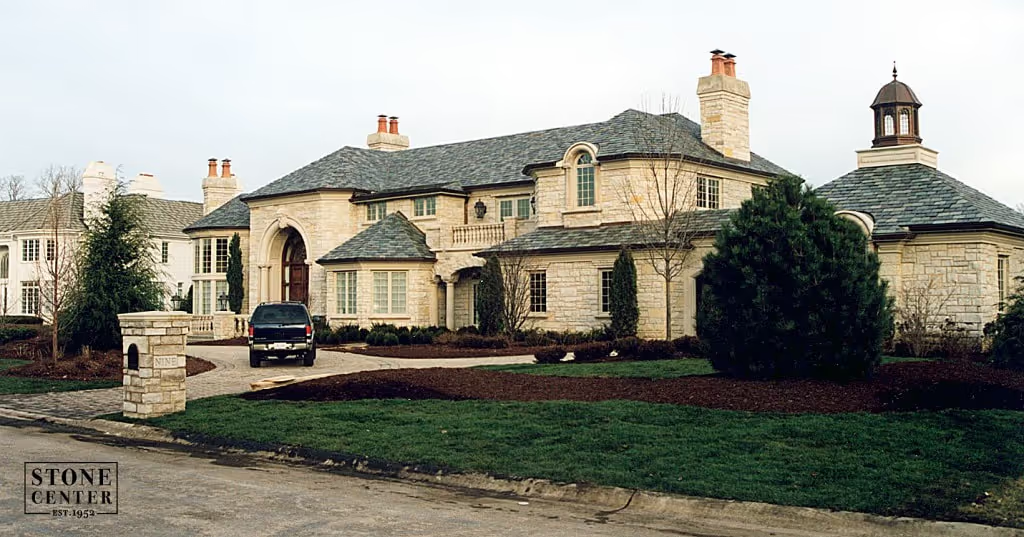
While it has many landscaping uses, one of the other reasons for the popularity of Indiana limestone is the ease of customizing and reshaping on-site. Using simple tools, like a brick hammer or sandpaper, rough-cut limestone can be flattened or smoothed if needed.
Most natural stones have the same grain after any kind of cut, which is true for the limestone as well, while with concrete or any other artificial products, the cuts will stand out. This flexibility is one of the reasons why many construction workers love working with Indiana limestone.
Timeless Visual Appeal
The visual appeal of natural stone, and Indiana limestone, in particular, is truly unique. There is a wide variety of shades and colors that can be seen in limestone products. And depending on the type of product, it can be given a unique texture and variable smoothness. This consistent versatility allows designers to create a design palette with unlimited possibilities.
It will enrich both interior and exterior designs because it has such a strong character that makes it stand out from all others, yet blend into any environment at the same time! The variety of styles means that almost every project can incorporate this type of material.
For a traditional look, limestone provides the perfect complement to a classic design. It works well with modern and contemporary styles, as well as rustic open-beam designs. Even roughly cut stone can add value to any landscaping project.
Energy Efficiency Benefits
Indiana limestone is a great asset to homeowners all over the world. The superior energy efficiency of natural stone, and Indiana limestone, in particular, saves people money through heat retention; often it's used for fireplaces. There are countless decorative uses as well, from walls to flooring tiles, many of them adding to the home's heating efficiency.
Landlords and home builders often add numerous natural stone products to the project, greatly increasing the property's value. And with Indiana limestone being one of the go-to options for them, it's safe to say that the stone is truly useful for these purposes.
Cost-Effective Investment
The products made from Indiana limestone are way cheaper than those created from many other stones, like granite. And while it may not be as affordable as artificial or recycled stone products, the great benefits that any natural stone has make it worth the cost. On average, slabs cost $25-$50 per linear foot, and gravel is $30-$38 per ton.
And despite the relative lack of styles and different colors available, the wide array of pre-made limestone products available on the market removes the need to spend additional money on getting customized products from any other natural stone.
Low Maintenance Requirements
One of the most attractive benefits of Indiana limestone is its minimal maintenance needs. Unlike some natural stones that need frequent sealing or special treatments, limestone maintains its appearance with basic limestone cleaning techniques.
Maintenance advantages include:
- Resistant to staining when properly sealed
- Easy to clean with standard methods
- Self-healing properties for minor scratches
- Long intervals between major maintenance
A Sustainable and Eco-Friendly Choice
Indiana limestone offers excellent environmental benefits for conscious builders and homeowners. As a natural material, it requires minimal processing compared to manufactured alternatives, reducing its carbon footprint significantly.
The quarrying process has improved dramatically over the decades, with many operations focusing on land restoration and sustainable practices. Additionally, limestone's longevity means fewer replacements over time, contributing to reduced waste.
Indoor and Outdoor Versatility
Indiana limestone excels in both interior and exterior applications, so it’s one of the most versatile building materials available. For building projects, this dual functionality simplifies material selection and creates design continuity.
Indoor applications:
- Flooring and wall cladding
- Fireplace surrounds and mantels
- Decorative architectural elements
- Kitchen and bathroom countertops
Outdoor applications:
- Building facades and structural elements
- Landscaping features and hardscaping
- Pool areas and outdoor living spaces
- Steps, walkways, and retaining walls
Indiana Limestone vs. Other Materials
When choosing natural stone for your project, it's important to understand how Indiana limestone compares to other popular options. Each material has unique characteristics that make it ideal for different applications and budgets.
The following comparison highlights key differences in durability, cost, and maintenance requirements to help you make an informed decision for your needs.
Note: The prices shown are approximate and can vary significantly based on quality, thickness, finish, and regional availability. Always request current quotes from local suppliers for accurate pricing.
When comparing limestone vs. granite or considering travertine vs. limestone, Indiana limestone offers the best balance of workability, durability, and cost-effectiveness. While marble vs. limestone comparisons often focus on aesthetics, limestone provides superior weather resistance for outdoor applications.
Transform Your Project with Indiana Limestone
There are far more benefits of Indiana limestone than just those eight mentioned above, but these are what we consider the key ones. Whether it's used as building, architectural, or landscaping stone — its countless applications and flexibility are what make it so desirable and high in demand.
Keep in mind that depending on the product, Indiana limestone cost can greatly vary. If you have any questions related to this or any other natural stone products, feel free to visit or contact us at Stone Center! Our manufacturing stores are located in Columbus and Cincinnati. As Ohio's trusted stone supplier, Stone Center is always glad to provide you with both expert knowledge and high-quality natural stone products!
FAQ
.avif)
Jon, the owner of Stone Center, is a knowledgeable expert in natural stone products, specializing in various types of stone for landscaping and architectural projects. Passionate about promoting the beauty and versatility of natural stone, Jon aims to use these blogs to inspire readers with creative ideas to upgrade their homes.
How much does it cost to get a stone restored?
How much you end up spending to restore stone varies on the type of stone, the technique, and the stone’s current condition. Stone in good condition will cost less to restore, whereas stone that has a lot of wear and tear may require a longer restoration.




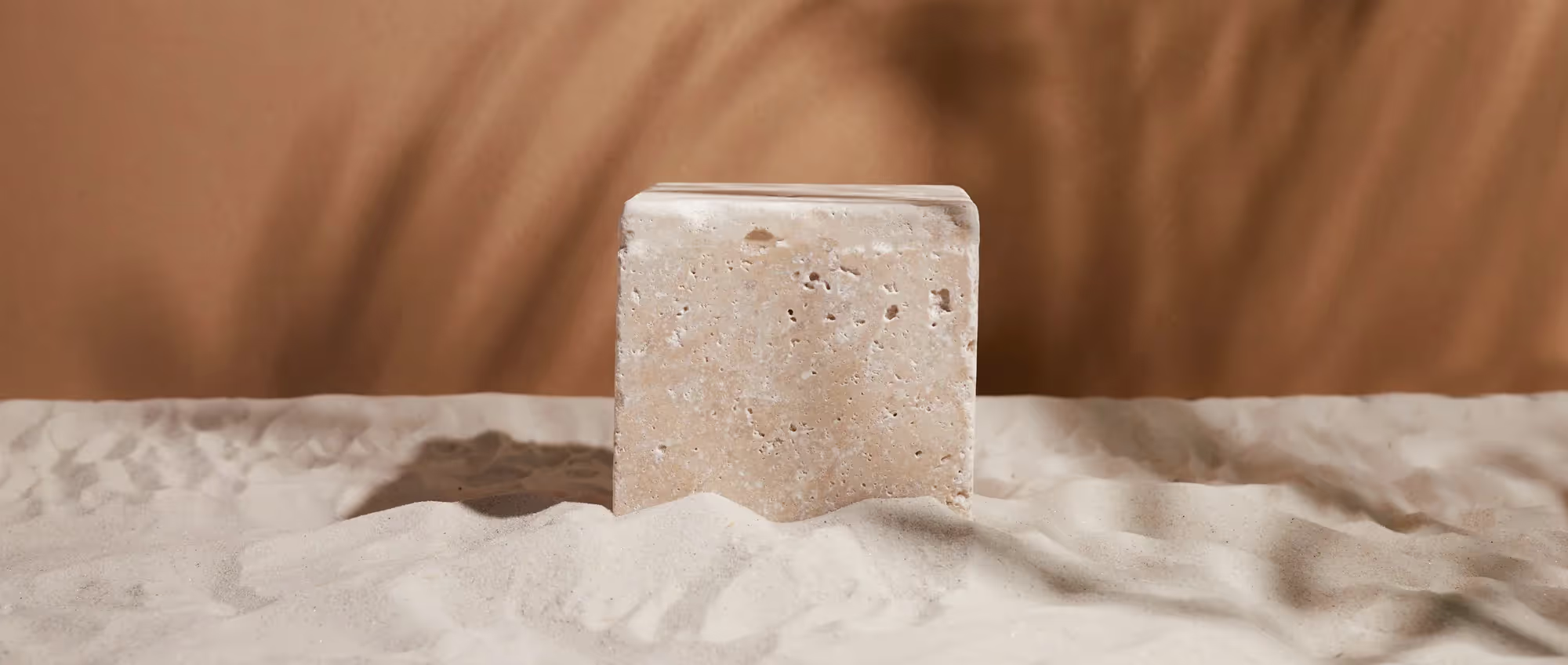

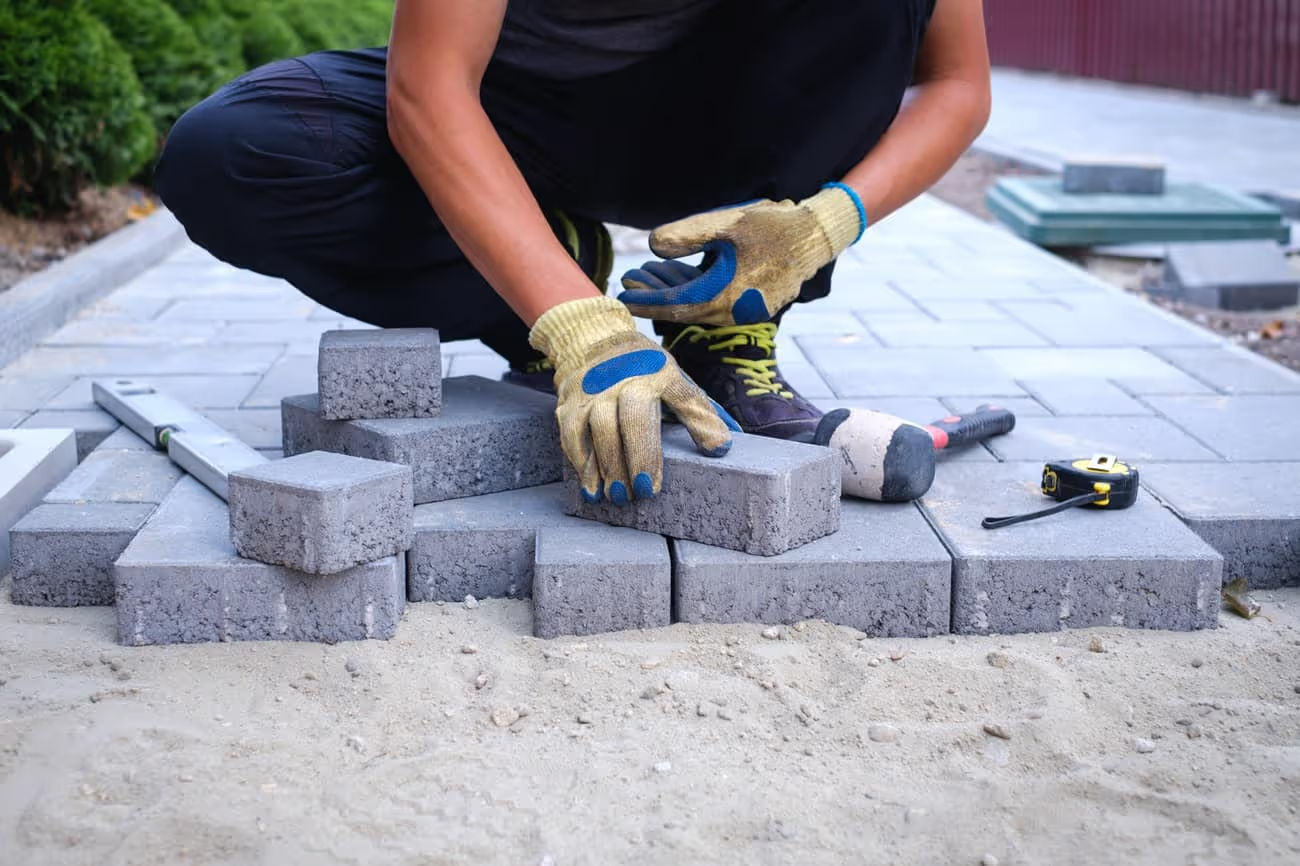
%20(1).avif)
%20(1).avif)
.avif)
%20(1).avif)
